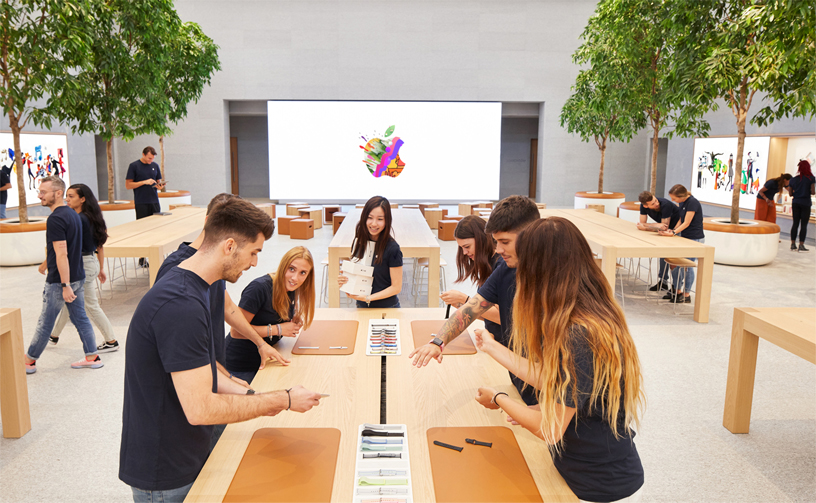Digital interfaces, multi-sensory design manifests through tactile feedback on smartphones, such as vibrations confirming user actions. Going beyond, haptic feedback technology simulates real-world sensations like pressing a button or feeling fabric directly on touch screens. Retail spaces leverage multi-sensory design extensively, utilizing music genres, lighting, and textured materials to align with their brand identity. Some even incorporate distinct scents for stronger brand association.
Education is also witnessing strides in multi-sensory design, particularly in interactive learning environments that integrate sight, sound, and touch to convey complex concepts more effectively. Museums, for example, increasingly adopt interactive displays, enriching visitors‘ educational experiences through multi-sensory engagement with exhibits.
Case Studies
Let’s begin with Starbucks, where a strategic redesign of their stores prioritized sensory experiences. They introduced softer lighting, cozy seating, ambient music, and the inviting aroma of coffee. The outcome? Heightened customer satisfaction and increased time spent in-store.
Moving on to Apple, their MacBook Pro showcases innovative sensory design with a touch bar that adapts to the user’s current application. This dynamic tactile interaction enhances user immersion by stimulating multiple senses simultaneously.

Airbnb takes a creative approach by integrating sensory elements into guest experiences. Collaborating with scent specialists, they’ve curated distinct fragrances for various destinations worldwide, each triggering unique emotions and memories associated with those locations.
Design is not only a matter of lines and shapes, but a way to explore new innovative ways to introduce technology into everyday life. As such, Sony’s design team has been exploring new forms of communication that integrate into our lifestyles to develop innovative and enriching experiences transforming functional value and innovation into emotional experiences.
The exhibition is composed of five case study rooms. As you journey through each room, ‘Hidden Senses’ will be gradually revealed; from conceptual interaction into examples of contextual application. Each will showcase different ways in which design is applied to technology, to interact with people, products and spaces and create a perceptual experience; from pure sound experiences to new ways of visualizing information through everyday furniture and lighting. The final area brings all the aspects of the exhibition together, proposing a new and unique life space scenario.
These case studies vividly illustrate how sensory design can profoundly enhance user engagement and satisfaction across diverse industries.
Resources:
- https://blog.depositphotos.com/multi-sensory-experiences.html
- https://medium.com/@faria.faria9/the-impact-of-sensory-design-on-user-engagement-and-satisfaction-fdf203409701
- https://www.dezeen.com/2018/05/02/sony-hidden-senses-exhibition-sensor-technology-milan-design-week/






